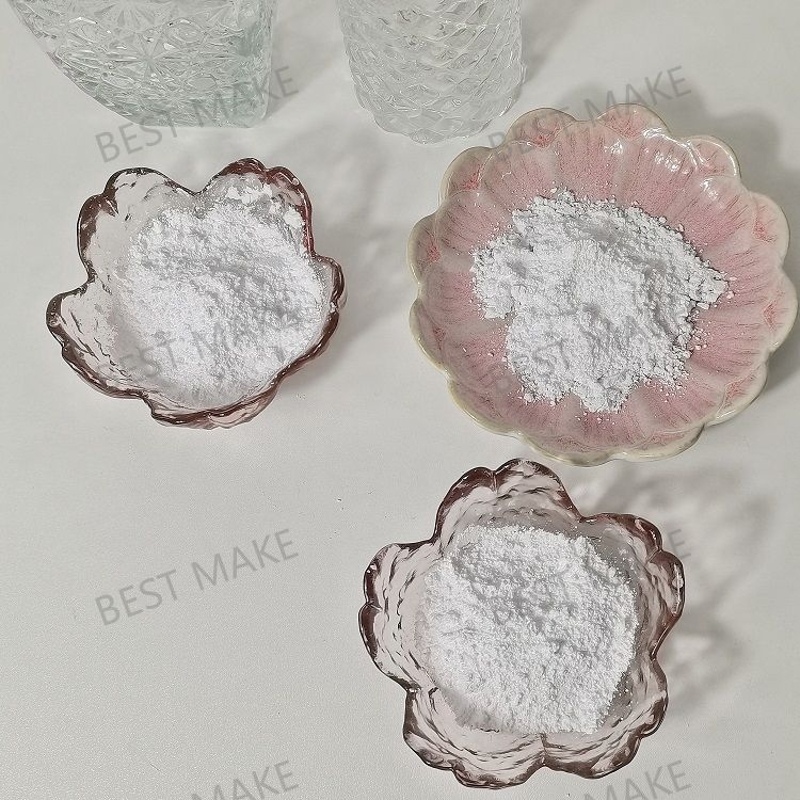-
Categories
-
Pharmaceutical Intermediates
-
Active Pharmaceutical Ingredients
-
Food Additives
- Industrial Coatings
- Agrochemicals
- Dyes and Pigments
- Surfactant
- Flavors and Fragrances
- Chemical Reagents
- Catalyst and Auxiliary
- Natural Products
- Inorganic Chemistry
-
Organic Chemistry
-
Biochemical Engineering
- Analytical Chemistry
- Cosmetic Ingredient
-
Pharmaceutical Intermediates
Promotion
ECHEMI Mall
Wholesale
Weekly Price
Exhibition
News
-
Trade Service
Industrially, hydrogen and nitrogen react to produce ammonia
.
The laboratory prepares ammonia by co-heating ammonium salt and strong base or hydrolysis of metal nitrides
Ammonia is a colorless gas at room temperature and pressure with a pungent odor
.
NH 3 has greater polarity and can form hydrogen bonds with water, so ammonia is extremely soluble in water (1 volume of water at 20°C can dissolve 775 volumes of ammonia)
The molecular structure of ammonia is shown in Figure 12-1
.
From the structure and composition of nitrogen molecules, it can be known that ammonia molecules can undergo coordination reactions, oxidation reactions, and substitution reactions (including ammonolysis reactions)
Figure 12-1 Schematic diagram of nitrogen molecular structure
1.
Coordination reaction (addition reaction)
The lone electron pair of N in the ammonia molecule adducts with compounds or ions with empty orbitals to form adducts or complexes, such as H 3 N→BF 3 , [Ag(NH 3 ) 2 ]+, [Cu(NH 3 ) 4 ] 2 + and the like
.
Due to the formation of easily soluble complexes, AgCl and Cu(OH) 2 can be dissolved in ammonia
2.
Substitution reaction
The hydrogen in the ammonia molecule can be substituted in turn to generate the corresponding derivative
.
One hydrogen in the ammonia molecule is replaced to generate an amino compound
The substitution of 2 hydrogens in the ammonia molecule generates imino compounds, such as CaNH; the substitution of 3 hydrogens in the ammonia molecule generates nitrides, such as NCl 3 and so on
.
The liquid ammonia solution of sodium metal slowly decomposes to liberate hydrogen, and a white sodium amide (NaNH 2 ) solid is obtained
.
3.
Chlorolysis reaction
Even ammonia from the ammonia from the constant although smaller than water, but can also occur hydrolysis reaction similar to the reaction solution, NH2 .
3 NH2 dissociation produced 2 - in combination with the cationic
.
From the perspective of the reaction product, the ammonolysis reaction can be regarded as a substitution reaction
.
4.
Oxidation reaction
The oxidation number of N in NH 3 molecules is -3, and N can lose electrons and be oxidized under certain conditions
.
Under the action of platinum catalyst, ammonia can be oxidized to nitric oxide , which is an important reaction for the production of nitric acid
.
5.
Ammonium salt
(1) The formation of ammonium salt
.
Ammonia reacts with acid to form ammonium salt
.
E.
g
Ammonium salts are easily soluble in water and are strong electrolytes
.
Ammonia is a weak base, and ammonium salt dissolves in water and undergoes a hydrolysis reaction
.
The aqueous solution of ammonium salt of strong acid radical is acidic, such as NH 4 CI and NH 4 NO 3 ; while the aqueous solution of ammonium acetate (NH 4 Ac) is nearly neutral
.
Some acid radicals are strongly alkaline after hydrolysis, and their ammonium salts often cannot be precipitated by evaporation and concentration of aqueous solutions, such as (NH 4 ) 2 S, (NH 4 ) 2 CO 3 , (NH 4 ) 3 PO 4, etc.
, these ammonium salts There are no commercially available reagents, and there are no solutions of these ammonium salts in the laboratory
.
The simple calculation results show that when the concentration of NH 4 + and NH 3 in the solution is the same, the concentration of HCO 3 - is more than 10 times higher than that of CO 3 2 -, and the concentration of HS - is more than 100 times higher than that of S 2 -
.
The experimental results also show that (NH 4 ) 2 S and (NH 4 ) 2 CO 3 cannot be precipitated from the aqueous solution , but only NH 4 HS and NH 4 can be obtained.
HCO 3 crystals
.
(2) Decomposition of ammonium salt
.
The ammonium salt has poor thermal stability, and the decomposition temperature of the normal salt of the ammonium salt of a polybasic weak acid is often lower than that of the acid salt
.
For example, (NH 4 )2S decomposition temperature is 0℃, NH 4 HS decomposition temperature is 25℃, (NH 4 ) 2 CO 3 decomposition temperature is 58℃, NH 4 HCO 3 decomposition temperature is 107℃, (NH 4 )2HPO 4 The decomposition temperature is 155℃, the decomposition temperature of (NH 4 ) 2 SO 4 is 280℃, and the decomposition temperature of NH 4 C1 is 520℃
.
The ammonium salt of a volatile non-oxidizing acid, ammonia and acid volatilize and escape after thermal decomposition
.
E.
g
Non-volatile non-oxidizing acid ammonium salt, ammonia volatilizes and escapes after thermal decomposition
.
E.
g
The ammonium ion of the oxidizing acid is oxidized during the thermal decomposition process
.
The decomposition product is a gas and emits a lot of heat, and it often explodes
.
E.
g







